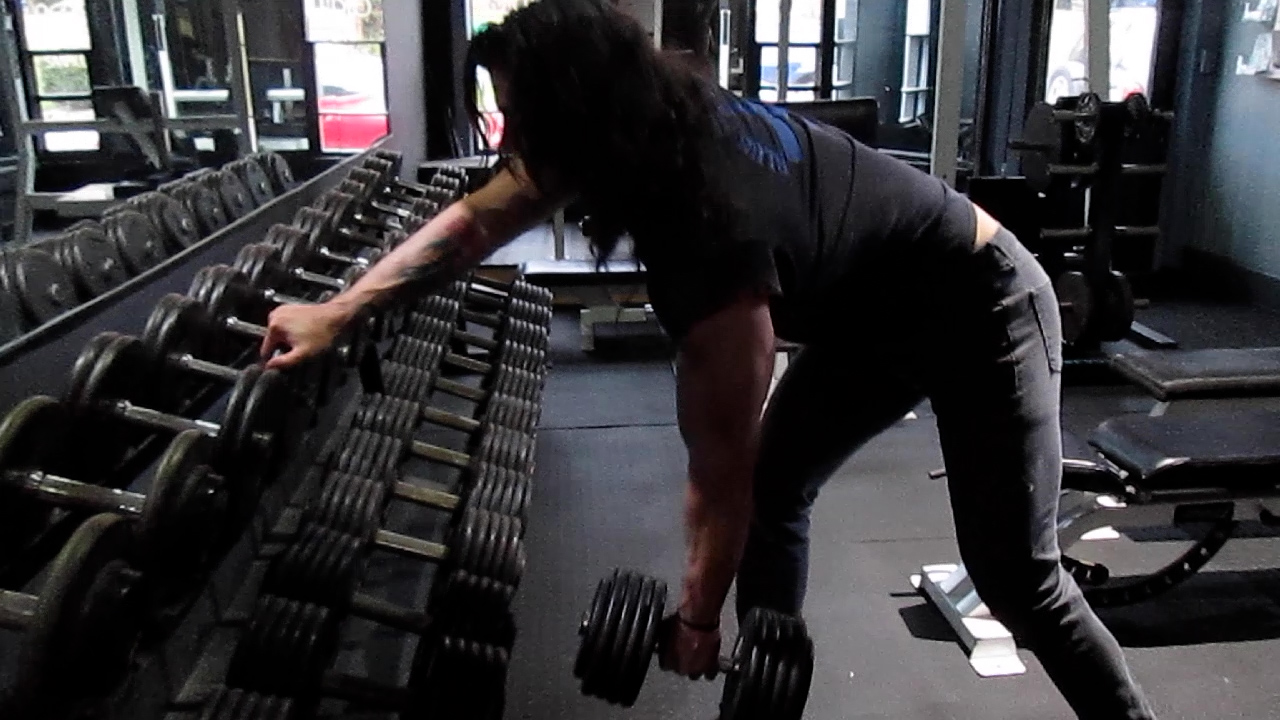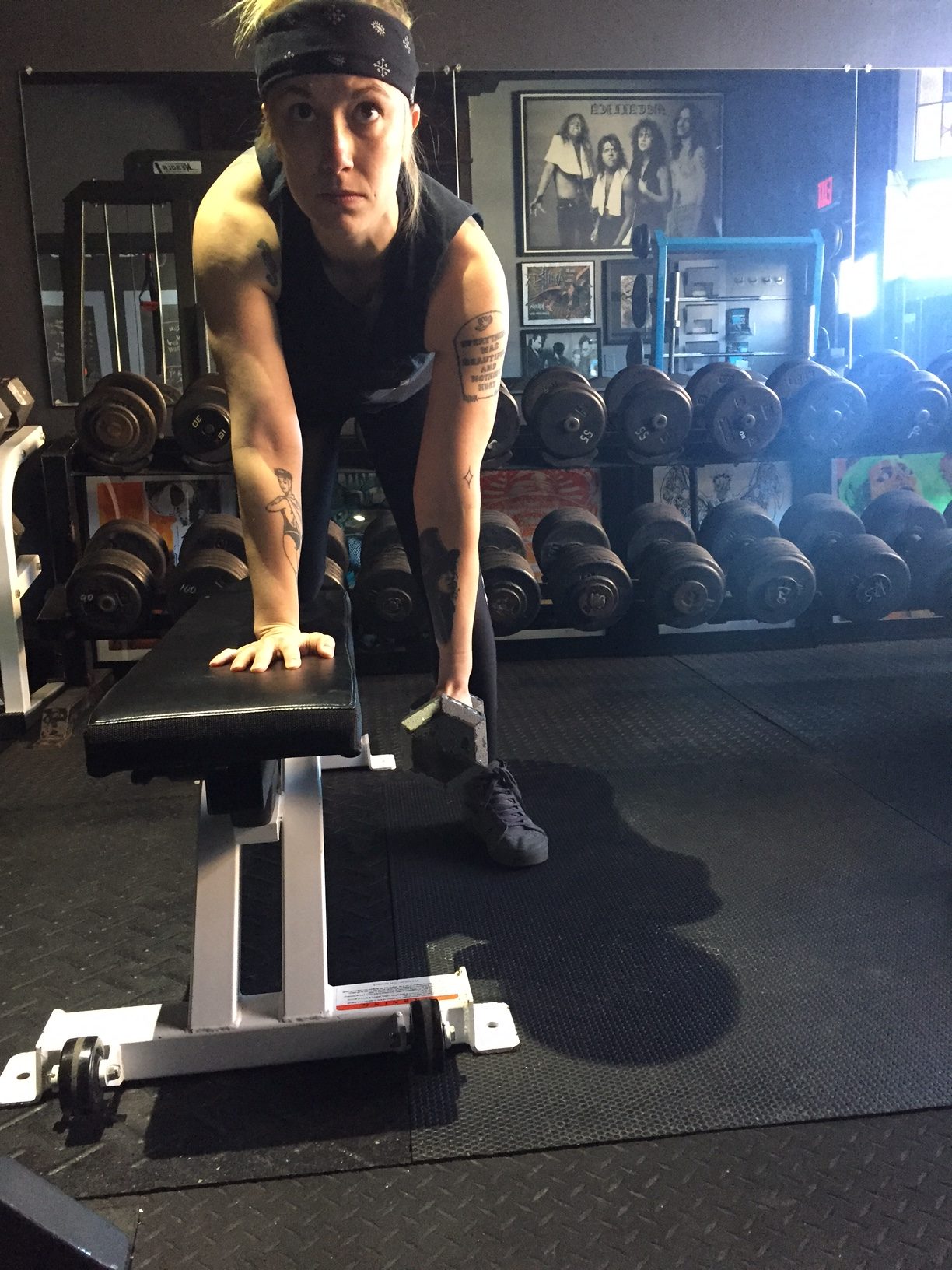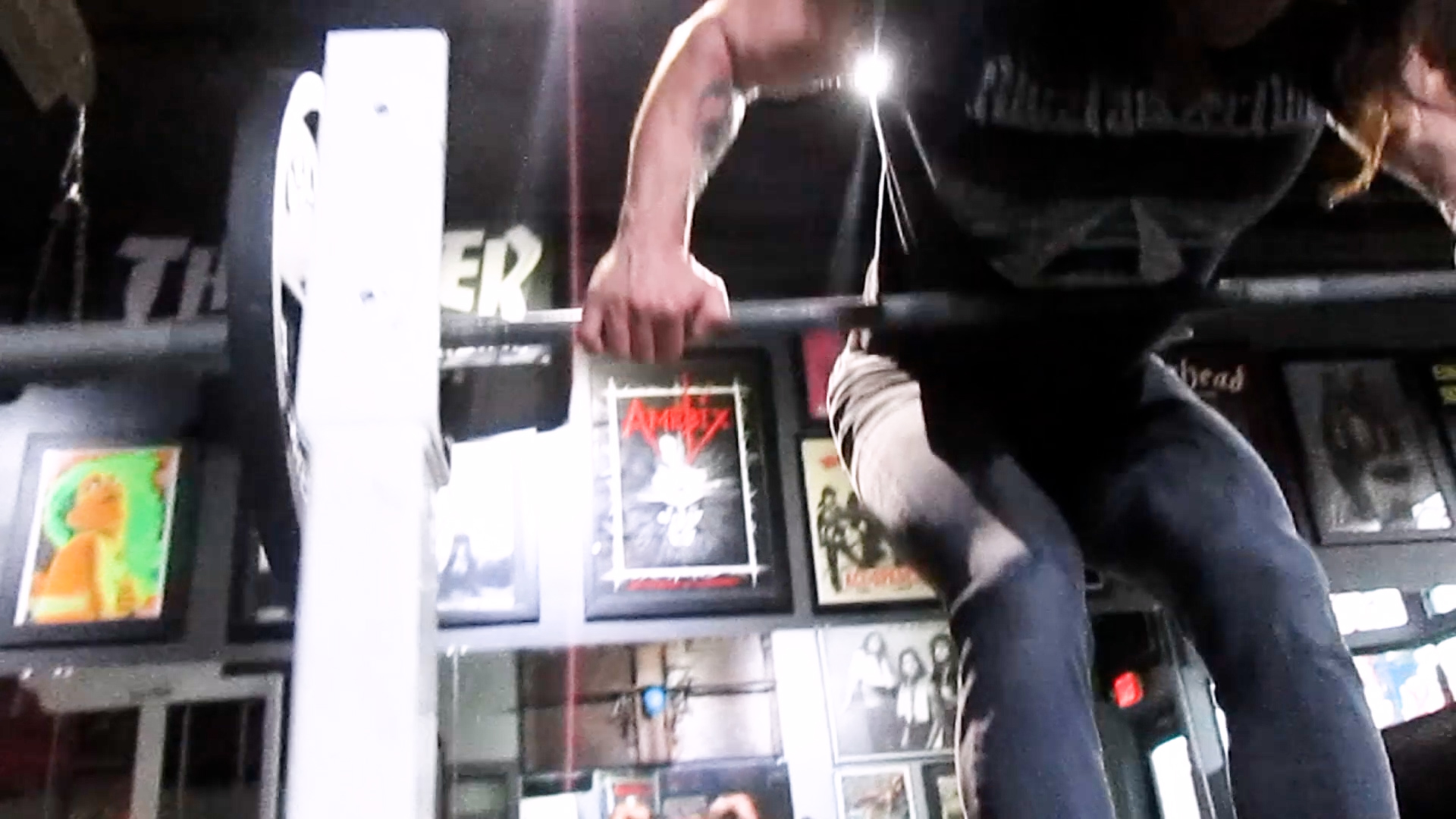
It’s leg day. You’re quad focused and confused. Your current silhouette can be mistaken for a torso resting on stilts but you’re looking to cast a new shadow.
Which exercise is it going to be? Front squat or back squat? They both work, but are your choices producing clever nicknames from your fellow gym bruh’s?
C’mon, flamingo legs. Let’s grow some wheels. First we need to dive into barbell squats as a whole.

The squat is a dynamic resistance training exercise that engages several muscles from the upper and lower body collectively.
Training these muscles by doing squats can help you become more efficient as an athlete or an average human while decreasing your risk of injury in your respective activities.
In this article, we will discuss the general benefits of squatting, as well as the difference between the back and front squat.
Improves core strength
Improving your core’s strength can help you in the daily movements, such as standing, bending, walking, and turning.
Squatting will also enhance your balance and coordination, as well as relieve painful sensations in your lower back.
In a 2018 study, researchers found that back squats are especially beneficial for back muscles compared to other exercises (e.g., planks).
Reduces the risk of injury
By targeting the muscles of your lower and upper body, squatting helps you execute full-body exercises in the correct form while maintaining balance and spinal alignment.
Additionally, regular practice of squats will strengthen your tendons and ligaments, which reduces the risk of injury.
Burns calories
Compound movements (e.g., squatting) are excellent exercises to shed a few pounds as they recruit a large number of muscles, which eventually leads to more energy expenditure and calories burnt.
According to Harvard Medical School, you can expect to burn up to 223 calories in 30 minutes of strenuous training like squatting.
Promotes muscle hypertrophy of the lower body
The lower body has the largest muscles of the entire musculoskeletal system (e.g., quadriceps), which burn a lot of calories and need intense strength training to grow larger.
Fortunately, squats strengthen these muscles and promote hypertrophy, improving your athleticism and allowing you to perform daily activities with ease.
Back squat
The back squat adds resistance to the body by lifting a barbell on your shoulders. This exercise is the gold standard in the athletic field, as it accelerates the recovery from injuries and boosts fitness abilities.
Muscles Worked
Here’s how to do it:
Front squat
The front squat focuses more on the quadriceps, as the weight gets placed on the front of your body.
Note that you will probably need a lighter weight for this exercise.
Muscles Worked
Here’s how to do it:
So Which Squat Variant is Better for Targeting the Quads?
Why Bar Placement Matters
As you perform a barbell squat the bar placement will dictate the stress placed on different muscle groups in the body. If the bar is placed in front of you (front squat) the upper back and abdominals are forced to engage at a much higher level to maintain an upright position as you squat. This eliminates hinging at the hips first.
Placing the bar on your back (back squat) engages the glutes, hamstrings and lower back at the onset of the movement. The quads do still play a role but with the assistance of the posterior muscles.
Front loading the bar forces knee flexion to initiate the movement, which recruits the quads to play a more dominant role.
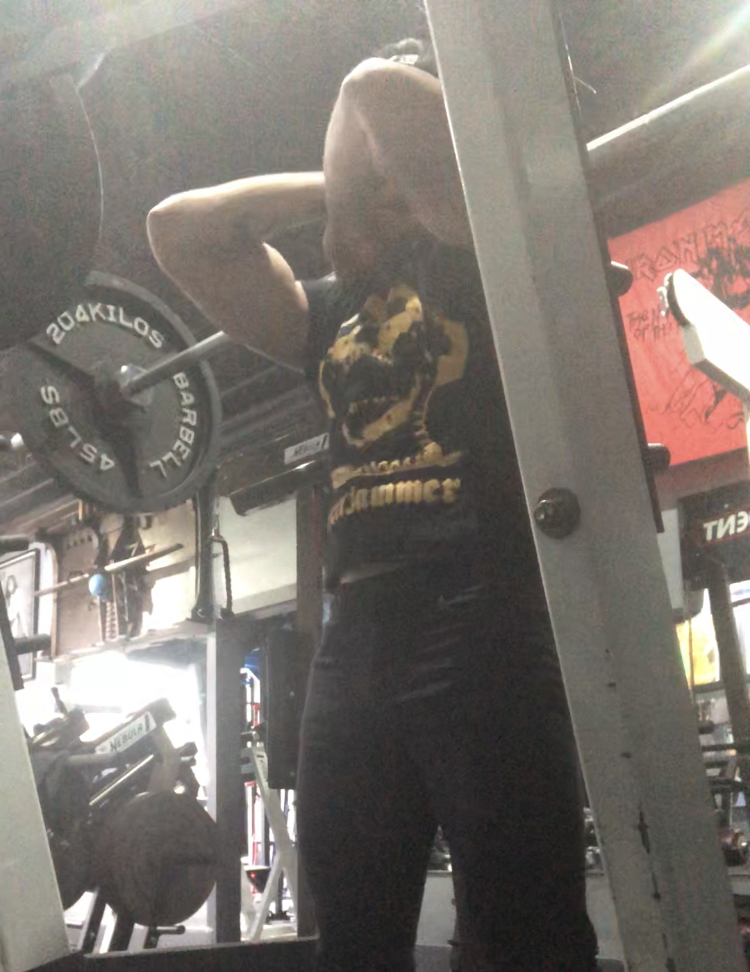
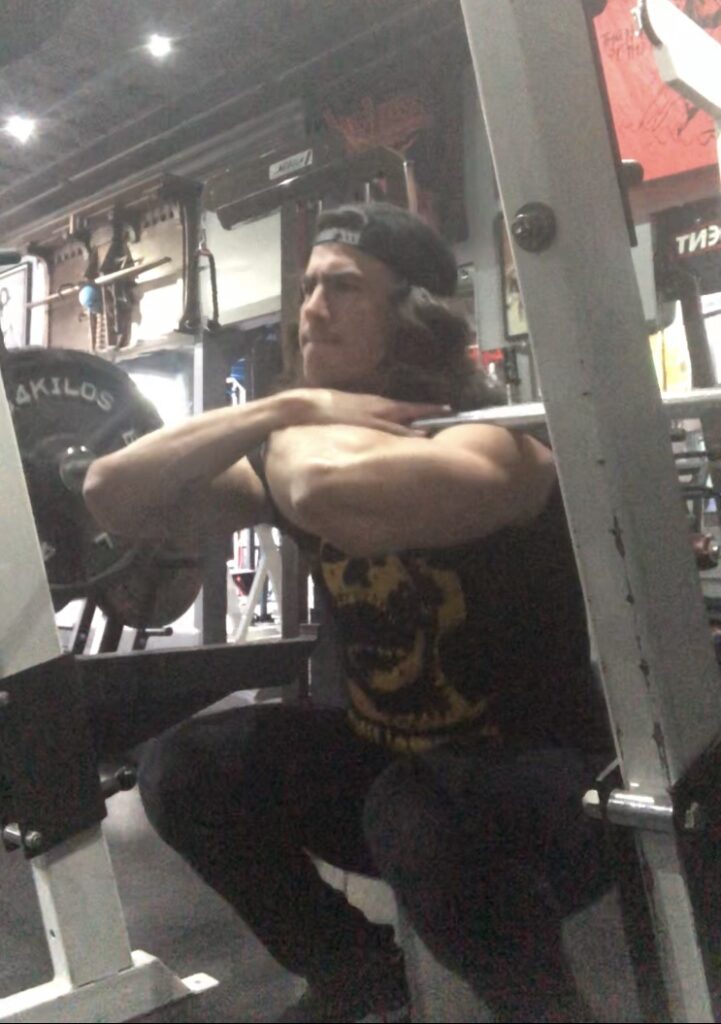
Breaking Down the Front Squat
When the barbell is placed in front of you, you must counter balance the additional weight by maintaining a rigid spine. The bar is then racked into a narrow groove between your shoulders and clavicle.
Shoulder/elbow positioning must remain parallel with the floor throughout the duration of the exercise or the bar will roll out of position and your set is essentially over.
As you lower into the squat the bar is directly over the quads. Again, it’s as simple as bar placement and bar path.
Breathing while bracing is also a delicate dance of mental grit and will power infused with pain and anguish. Both physically and mentally. The front squat can break you!
As noted previously in the article, there are more anterior muscles contributing to the front squat as compared to the back squat which is posterior driven.
Back Squat Comparison
Back squats, especially low-bar variations, recruit more posterior chain muscles (glutes and hamstrings) due to a greater hip hinge.
As you squat, the bar is directly above the hips and lower back. The upper back is contracted due to the bar being gripped behind you.
There is a tendency to back away from the knees when back squatting. This initiates the hinge first pattern which loads the hamstrings and glutes, reinforcing the posterior dominance over the front squat.
Overall, the back squat is probably a more complete exercise for working the entire body due to the high demand of assisting muscle groups.
There are advantages to back squatting such as being able to load more plates and recruit more muscle groups, but if you are focusing directly on quads; you cannot hold a weight to the front squat.
Final Words
To keep it simple stupid, the less muscle groups involved the harder the muscle groups have to work.

